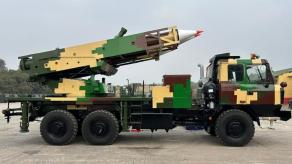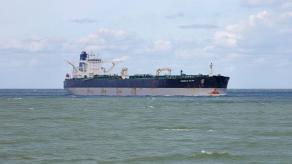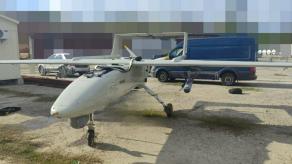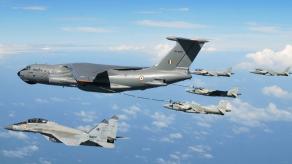Europe is reviving the historic 170-year-old Iron Rhine railway line, which connects Belgium’s port of Antwerp with Germany’s Ruhr industrial region.
The line, passing through Belgium, the Netherlands, and Germany, ceased operations in 1991. Ever since its closure, negotiations on its restoration have dragged on for decades, Politico reports.
Read more: Europe Would Struggle to Redeploy Tanks if War Were to Break Out, Needs €17 Billion to Fix Logistics
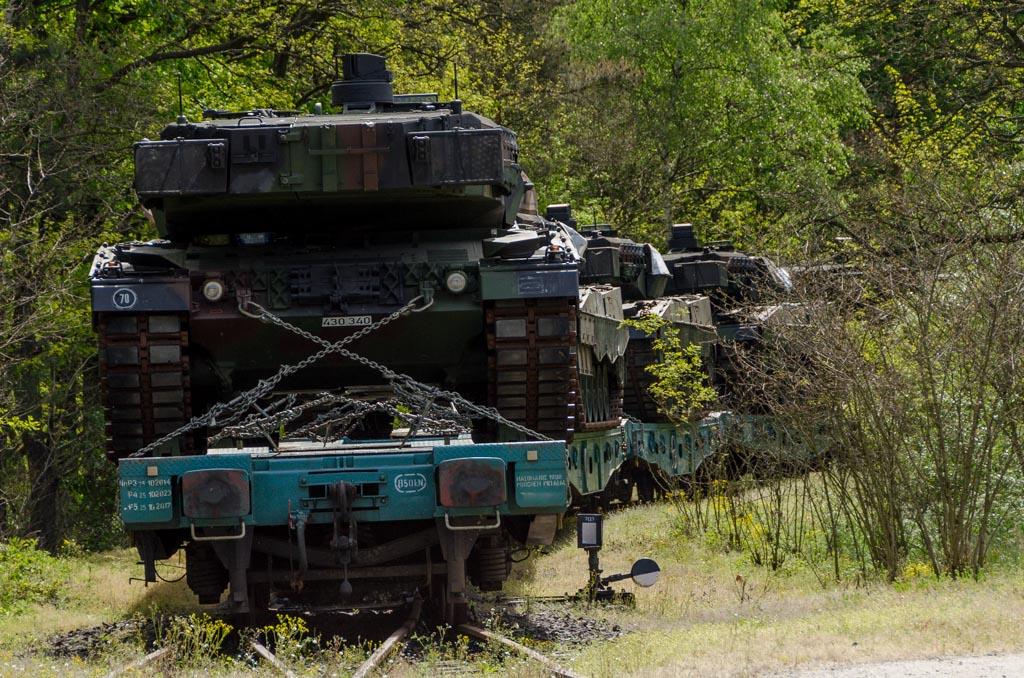
The project, however, was repeatedly blocked by trade disputes and environmental concerns: Belgium pushed for revival, while the Netherlands opposed it, seeing Antwerp as a competitor to Rotterdam.
That said, russia’s war against Ukraine has shifted the debate, with governments now viewing the Iron Rhine not only from a commercial perspective but a military one as well. Historically, the line held strategic importance for the Allies during and after World War II.

Today, there is a parallel route that avoids Dutch territory but is longer. To prevent bottlenecks and strengthen resilience, Europe sees value in having an additional line.
Defense Express notes that Europe faces major mobility problems for its armed forces, creating a paradox: it has tanks but lacks adequate means to move them to the front. Numerous bottlenecks — bridges too weak for heavy armor and tunnels too narrow for oversized cargo — make logistics both slow and vulnerable.
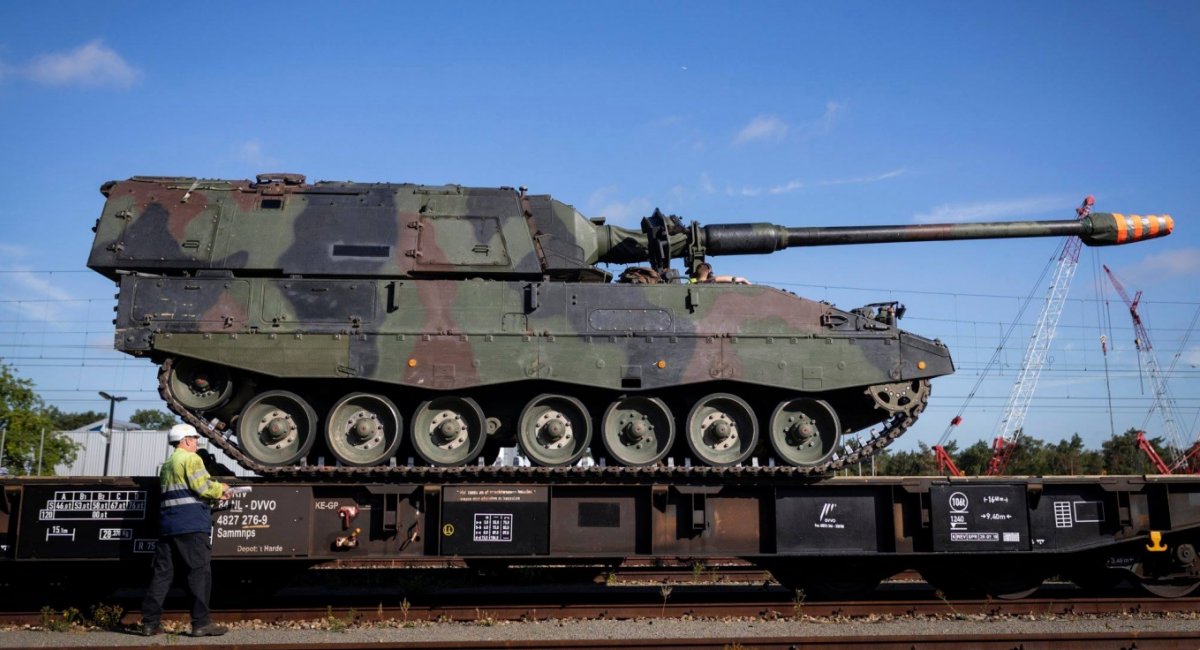
This is a critical weakness. In the event of a russian invasion of the Baltic states, troop transfers from Western Europe could take weeks, giving russia time to advance deep into European territory.
To address this, Europe plans to invest €17 billion in upgrading its logistics infrastructure. Restoring the Iron Rhine is one part of that broader effort, which also includes improvements in air transport alongside land routes.
Read more: Romanian Railway Problem Can Paralyze All of NATO Logistics





